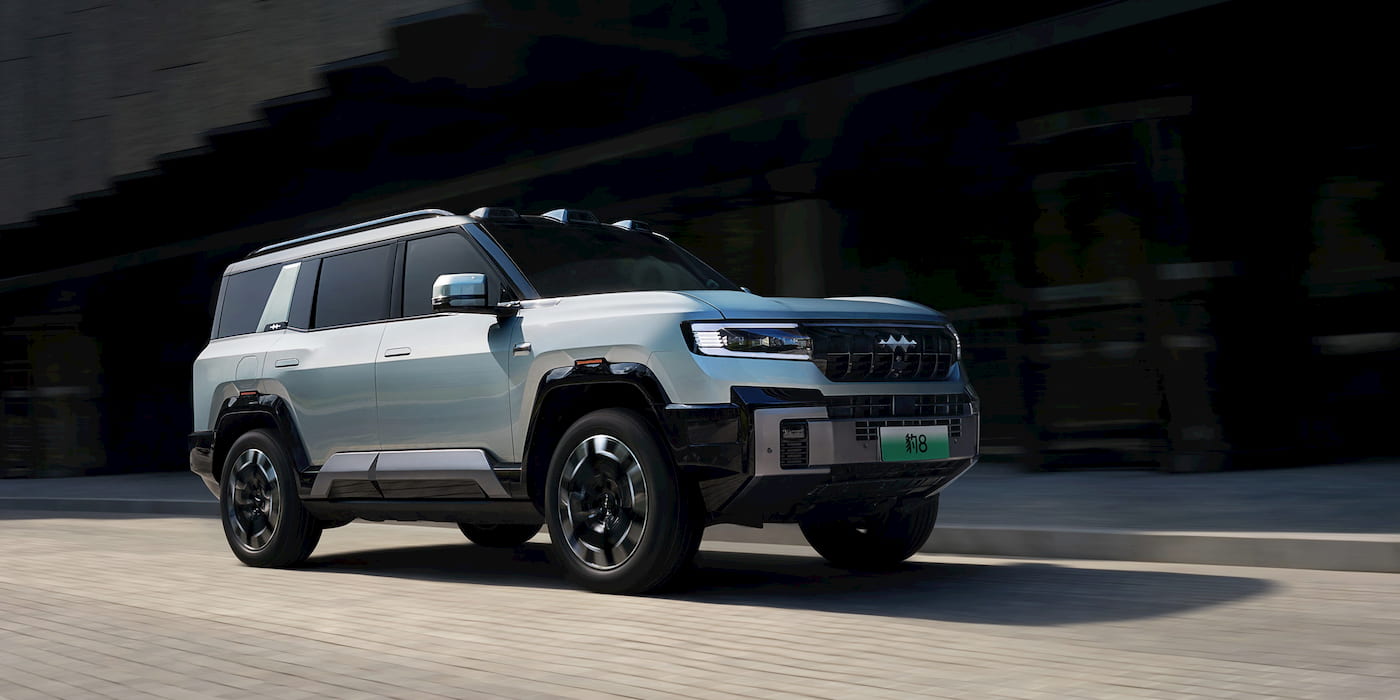
China’s leading EV maker, BYD, will use Huawei’s advanced driver-assist tech for its new “hard-core” electric SUV brand. The new partnership comes as BYD looks to close the tech gap with Tesla and other upcoming Chinese rivals.
BYD will use Huawei’s new tech in its off-road EVs
BYD’s new “professional grade” Fang Cheng Bao brand earned a major upgrade Tuesday after securing a partnership with Apple rival Huawei.
The brand will use Huawei’s new Qiankun Intelligent Driving ADS 3.0 to open “a new era of global intelligent hard-core” driving. BYD’s Fang Cheng Bao will work with the tech giant to research and develop smart driving tech for its off-road vehicles.
BYD launched Fang Cheng Bao last June. To celebrate its first anniversary, the brand launched a “renewal strategy,” claiming it has now fully entered the 2.0 stage of development.
After expanding its lineup, BYD’s new personalized brand is moving from “professional grade” to “public personality” as it opens up its market.
BYD and Huawei developed the Fang Cheng Bao intelligent driving solution, which both companies will use.
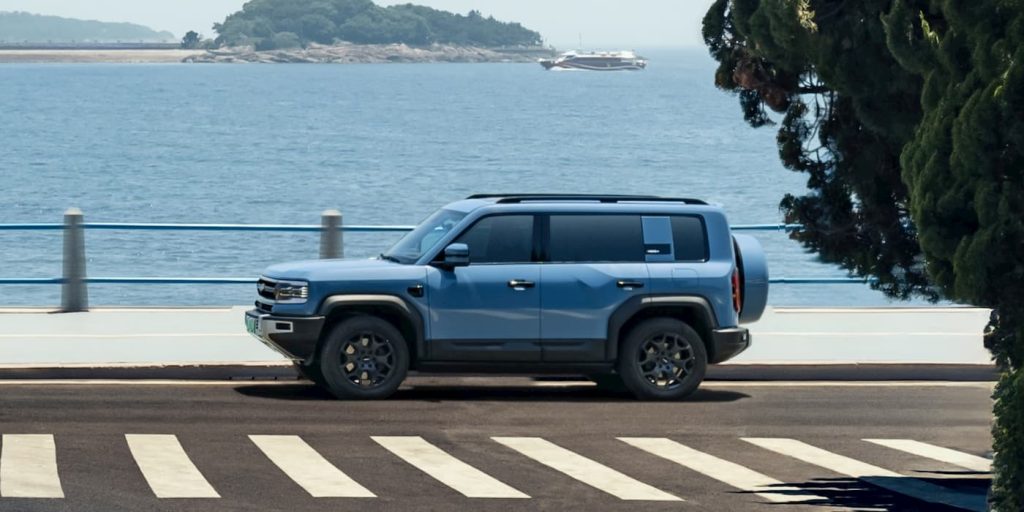
The partnership is committed to advancing smart diving for “hard-core cars” and further developing China’s intelligent driving tech.
The first model to feature the new tech will be the Fang Cheng Bao 8, BYD’s hybrid off-road SUV. However, the features will roll out across the entire sub-brand.
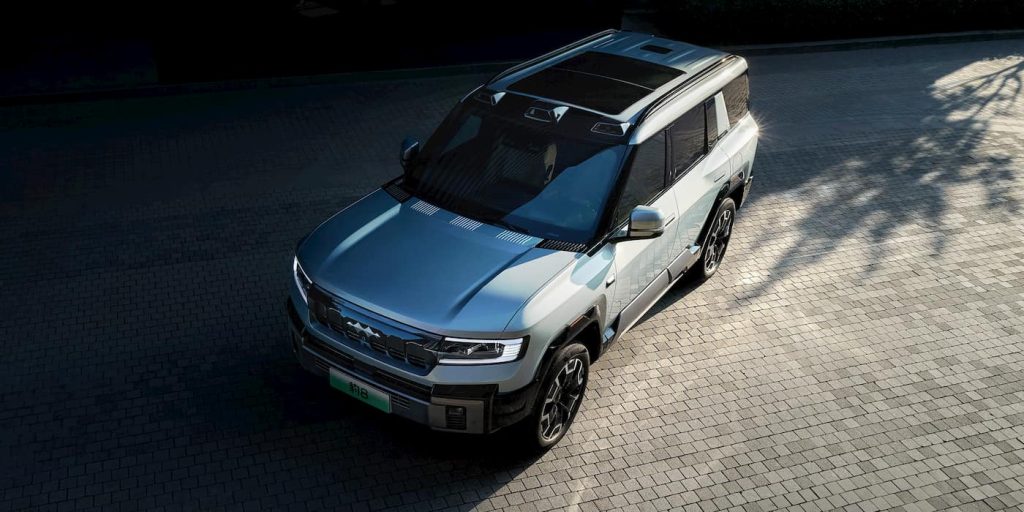
Fang Cheng Bao’s first vehicle, the Bao 5, launched last November. The Bao 8 was introduced in April alongside the Super 3 electric SUV (Bao 3) and Super 9 supercar concepts. The Bao 8 off-road SUV is expected to start at around $70,200 (RMB 500,000).
Closing the ADAS tech gap with Tesla
Huawei launched Qiankun ADS 3.0 in April, unlocking new smart driving features like city Navigate on Autopilot (NOA), similar to Tesla’s Full Self-Driving (FSD).
The system uses the first end-to-end network architecture, which provides a more human-like experience. It’s also safer and more efficient.
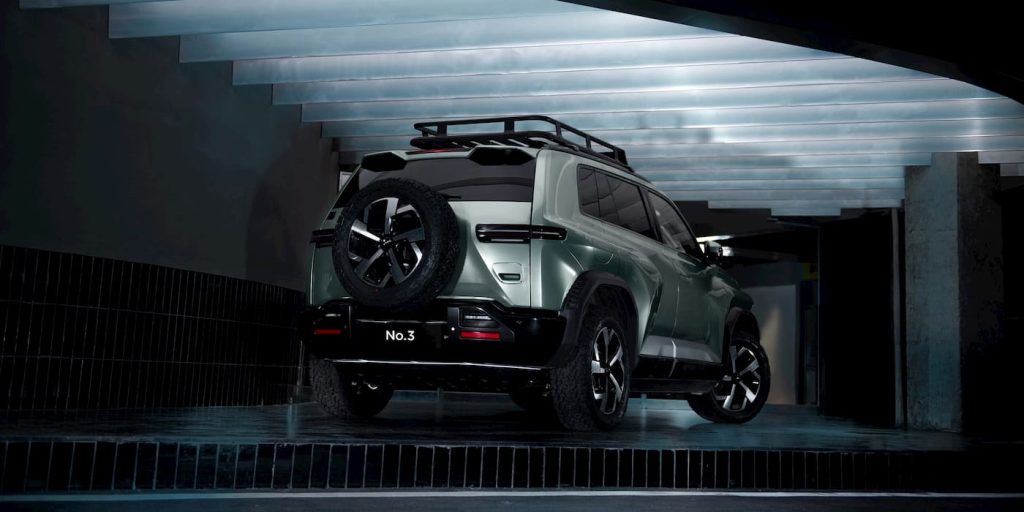
The tech giant said its ADS 3.0 is the first to achieve a full-scene connection from “parking space to parking space.” Vehicles can also autonomously detect complex places, like gates, roundabouts, and narrow U-turns, for a true “one-click” arrival.
With parking assist features, owners can select a parking spot on the infotainment, leave the car, and have the vehicle park itself remotely.
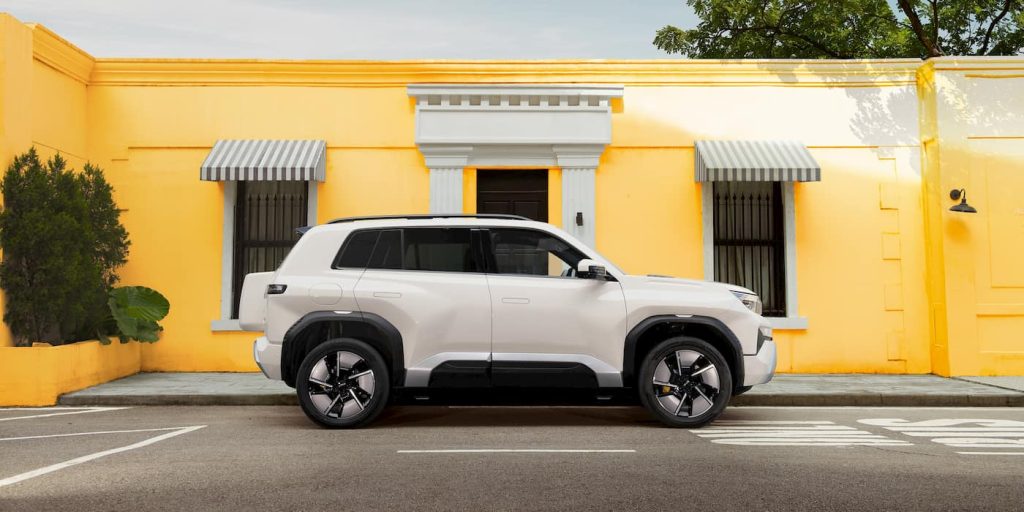
If the vehicle blocks other cars, it can be controlled remotely through a smartphone with a “call to go.”
The new BYD Fang Cheng Bao 8 equipped with Huawei’s Qiankun ADS 3.0 is officially in the testing stage. BYD said it hopes the new off-road SUV can be launched as soon as possible to bring new experiences with Huwaei’s “smart hard-core” tech.
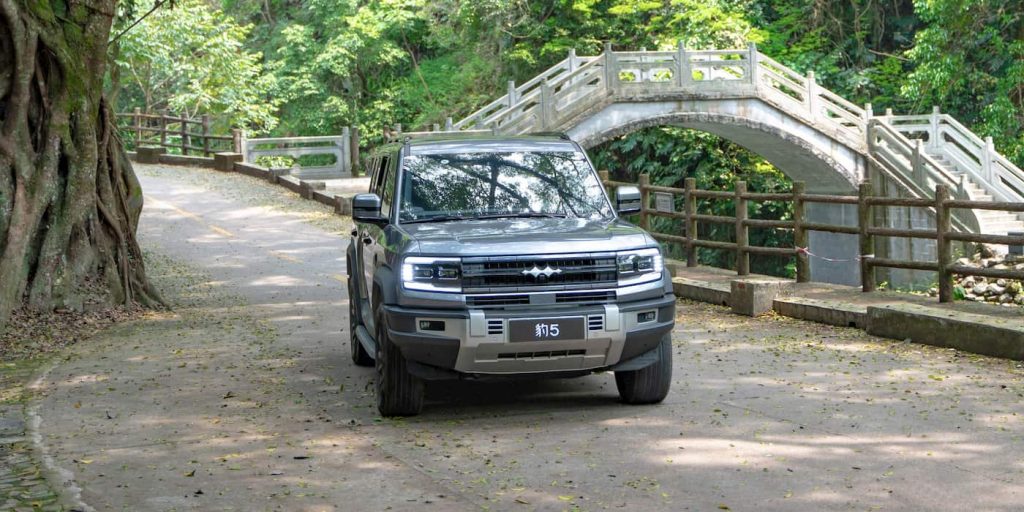
BYD and Huawei are working to develop the world’s first smart driving tech exclusively for hard-core off-road vehicles.
The new partnership comes as BYD invests heavily in new ADAS tech to keep pace with Tesla and other Chinese rivals, such as NIO and XPeng.
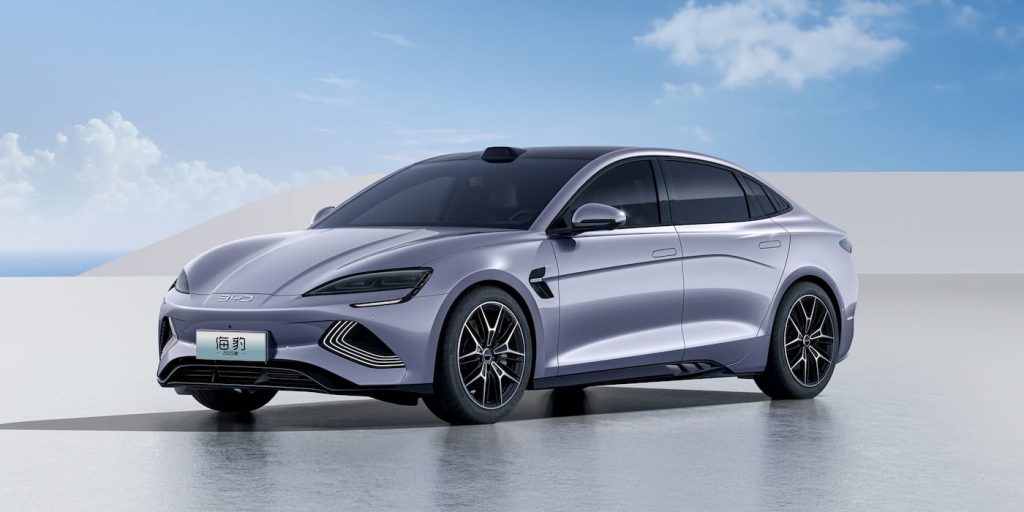
BYD dominates in China, the world’s largest EV market. However, buyers are increasingly looking for newer, more advanced features. BYD hopes working with Huawei can accelerate in-house development.
The EV maker recently launched a series of updated 2025 models with added LiDAR, like its Tesla Model 3-like Seal EV, as it looks to close the tech gap.
Source: CnEVPost, Huawei
FTC: We use income earning auto affiliate links. More.













